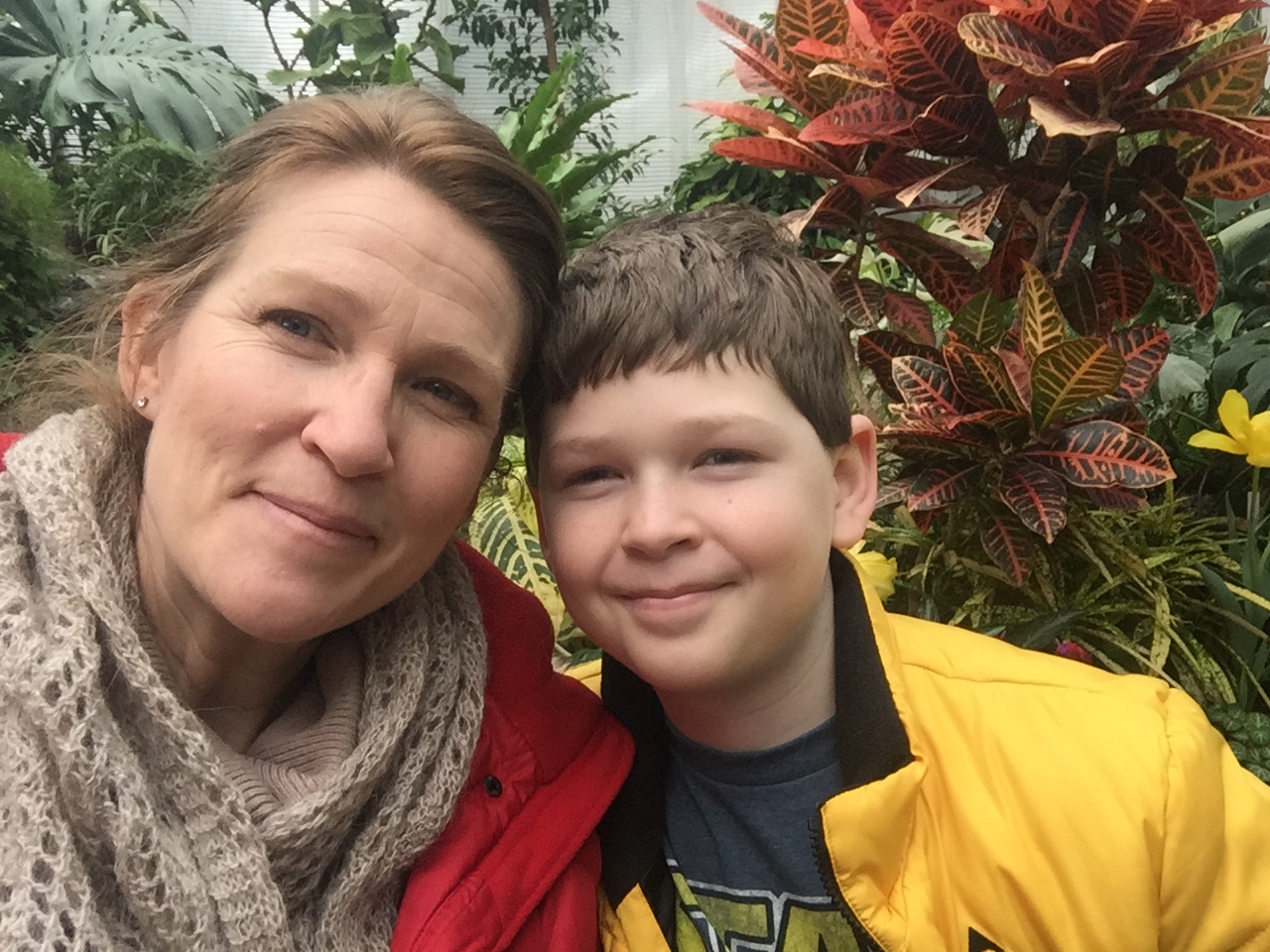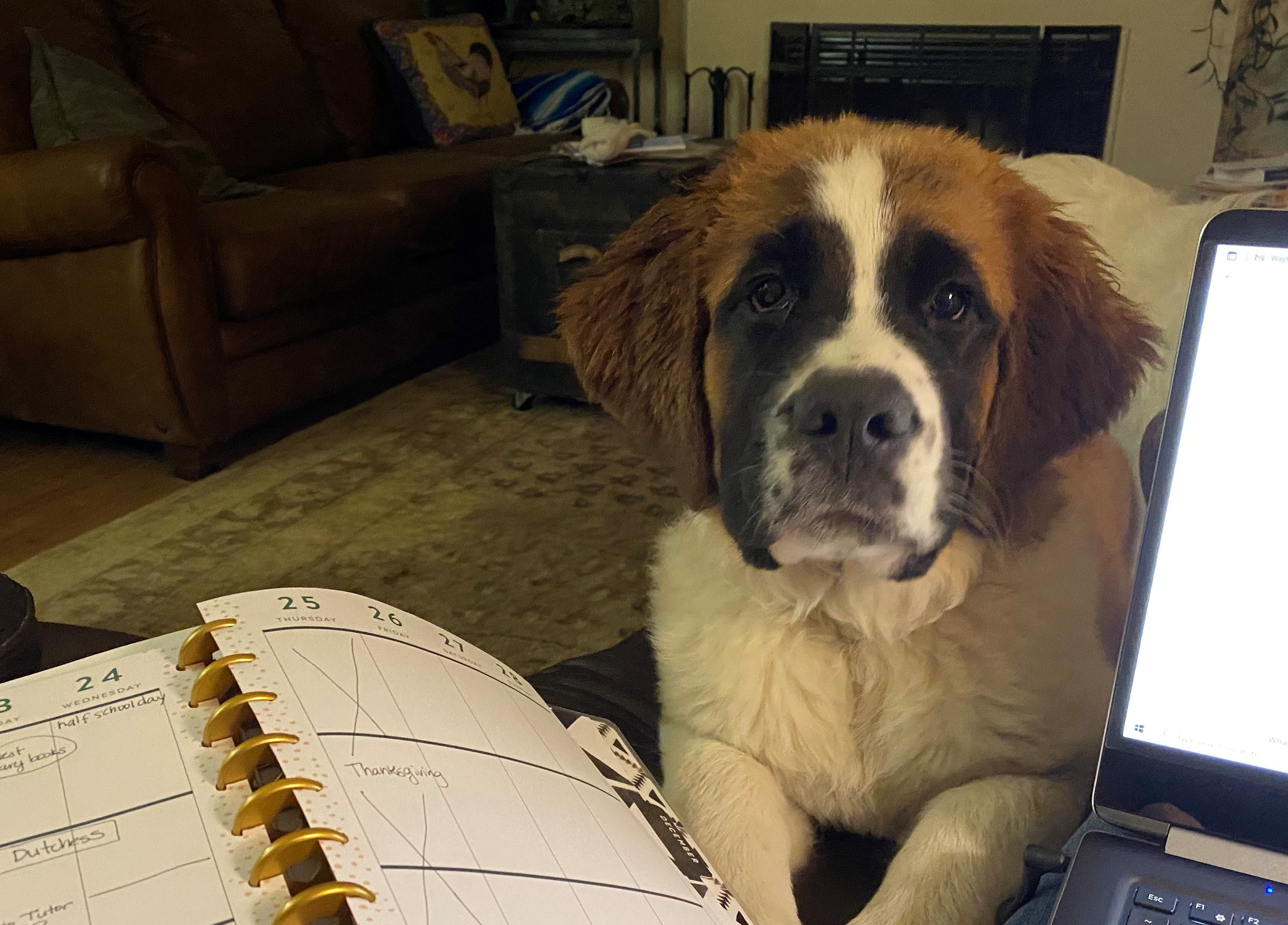Get it Together: an idea to help little people get organized
Don’t we all want to be more organized? When I had two elementary aged children and a baby on the way it seemed like a pipe dream to get everything organized: my home, the kids, their toys, my small business, our homeschool schedule and all those books with lessons we needed to cover. How did all of this stuff get to be such a jumbled mess (and a burden) every day!
Even today, it seems like once I get things sorted out and prioritized I can get more done. Once I get more done, new tasks arrive on my plate and I usually need to reprioritize and organize my tasks for efficiency. Sort. Prioritize. Complete. Repeat.
I wanted to train my kids to be good at organizing themselves and their tasks in part to free up my own time but, to make them productive members of society. It doesn’t seem Godly to forget commitments or do shoddy work simply because you can not organize your time and resources. Plus, showing the fruit of the spirit is far easier when your life is organized and not spiraling out of control, driving you to respond in crisis to every bump in the road.
I also have found that when I am organized, I’m more likely to stick to my own personal commitments such as morning prayer time, patience with my family, eating well and exercising. When I am organized, I know my schedule and priorities. When life inevitably happens (read child gets sick, dad gets called out of town, company shows up unexpectedly, dinner is burned beyond recognition) and things must shift, I can pretty easily make the adjustments. But when I’ve let my schedule run amuck and I haven’t taken an organized approach, I might forget an appointment, be short tempered with my husband, yell way too much at my kids and drown my exhausted, guilt and regret with french fries, soda pop and a goldfish bowl size glass of wine after dinner.
For these reasons, I figured training my kids to be organized from the start would build a good foundation and even encourage me to model good behavior. In recent years I’ve divested myself from the paper calendars and just keep an electronic one. But, for my kids we have generally used some form of paper organizer or calendar. Paper is easier for them to practice penmanship and easier for me to quickly glance at and supervise. Paper organizers can also a beautiful reminder of how school year should the authorities (my state doesn’t check this but maybe yours does) inquire what you were doing the entire month of February. But for the littlest of students, sometimes we need to keep things very simple to lay the foundation for what is to come.
For a season of my homeschool parenting career, lapbooks were all the rage. Lapbooks are a tool for organizing what a student has learned about a topic. It can be as simple as a manila file folder opened flat with pictures and bits of research taped to the inside of the folder. A very simple lapbook can also be a great way to get the youngest students started out with organizing their time.
Just a few months before delivering my third child, in the middle of a school year, the lapbook concept inspired my youngest peoples daily organizer. This extra-simple system requires a file folder, envelopes or book pockets, index cards, double stick tape or glue, scissors markers and a pen. For the scrap bookers and crafters in the crowd, you can make this look really awesome with fancy paper, tape, markers, stickers and what not! Others might make the basic organizer and provide the kids with some supplies to decorate it exactly how they like. The completed lapbook contains a schedule for morning and afternoon activities and a pocket for the young person to tuck a card for each activity they accomplished that day. As a parent, if you aren’t overseeing every little task (maybe you were nursing the baby or cleaning up a mess or driving to the doctors office) you can coach your little person to record their accomplishments by tucking a card into a pocket. Every day or every week you can check the cards to ensure everyone is keeping up.
This is also an excellent way to loosen up the schedule and grant control to your littles. Maybe your student needs to accomplish 20 lessons overall in the week: 5 math, 5 reading, 3 penmanship, 2 spelling, 2 art and 3 PE. Maybe your student wishes to do all their math on Monday and all their penmanship and spelling on Tuesday and so on for the week. If you have created a card to represent each “lesson” you can quickly see that everything is done when all the cards are tucked into pockets. If your cards are generically labeled, you can reuse them week after week.


Instructions for Simple Lesson Organizer
- Gather file folders, envelopes big enough to hold index cards, index cards, double sided tape or glue, markers, pen.
- I used business size envelopes so I cut each in half to make two pockets. If you are using smaller envelopes, just be sure that there is room inside the folder to place all 5 pockets.
- Place pockets created from your envelopes inside the folder in a pattern that makes sense to you. I put the top two days of my week along the top and the bottom days along the bottom. Arrange yours how it makes sense to you, allowing room for the index cards to be placed inside the pockets. When they arranged how you like, glue or tape them in place and write a day of the week on each pocket. I prefer double stick tape to glue for this project but use what you have.
- Create one index card for each lesson your little one needs to accomplish each week. For example, my kids did 4 math lessons each week so I wrote MATH on 4 index cards. We read every day during the week so I created 5 cards with READING written on the front. You get the idea. I kept my card titles very generic because I wanted to reuse them week after week. The students
- To start, consider your youngster’s daily plan and arrange the cards in each pocket. The Monday pocket might have Reading, Math, Phonics, Penmanship and Art. Arrange the cards the way you like them or allow your youngster to place them in the order they’d like to do their lessons. Allowing your little one to arrange the day is particularly effective for kids who are already working independently. However, if you have multiple children sharing lessons, you will need to help them assign them in a way that makes sense for your time and any shared materials.
- Consider adding a daily schedule inside your lapbook. I found it helpful to remind the youngest students what the expectations were for each day. In the morning we had a routine and in the afternoon we had a routine. This routine fostered self discipline and with clear expectations we could all be successful.
I hope that this proves helpful or inspirational. Have you created your own organizing tools? Please be encouraged to share those with us via email!










